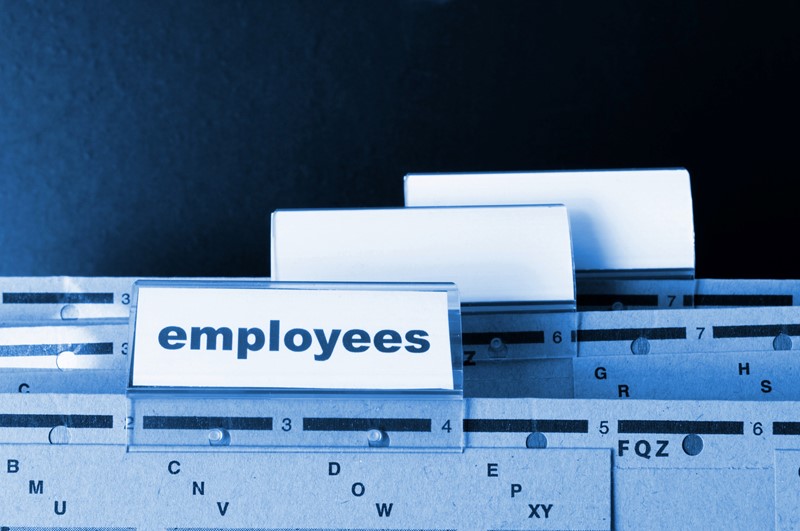P45s, P11Ds and P60s – what are they?

Most employees will come across forms such as the P45, P11D and P60 during their working life, and knowing what each one is for can make it much easier to keep track of your tax position.
A P45 is issued to employees who leave their employment or lose their job. The P45 shows how much tax you have paid during the current tax year (6 April to 5 April). The form has four parts: your employer sends Part 1 to HMRC, gives you Part 1A for your records, and you pass Parts 2 and 3 to your new employer or Jobcentre Plus. Employers are legally required to issue a P45. If you do not have one, for example when starting your first job then your new employer will ask for details via a starter checklist to determine your correct tax code.
A P11D form is used by employers to list certain ‘benefits in kind’ provided to directors or employees. P11D forms are used to provide information to HMRC on all Benefits in Kind (BiKs), including those under the Optional Remuneration Arrangements (OpRAs) unless the employer has registered to payroll benefits. Payrolling benefits removes the requirement to complete a P11D for the selected benefits. The completed P11D form is submitted annually to HMRC. The deadline for submitting the 2025-26 form is 6 July 2026. The form can be submitted using commercial software or via HMRC’s PAYE online service.
The P60 is a statement issued to employees after the end of each tax year that shows the amount of tax they have paid on their salary. Employers can provide the P60 form on paper or electronically. Employees should ensure they keep their P60s in a safe place as it is an important record of the amount of tax paid. The deadline for employers to provide employees with a copy of their P60 form for the 2025-26 tax year is 31 May 2026. A P60 must be given to all employees that were on the payroll on the last day of the 2025-26 tax year.



